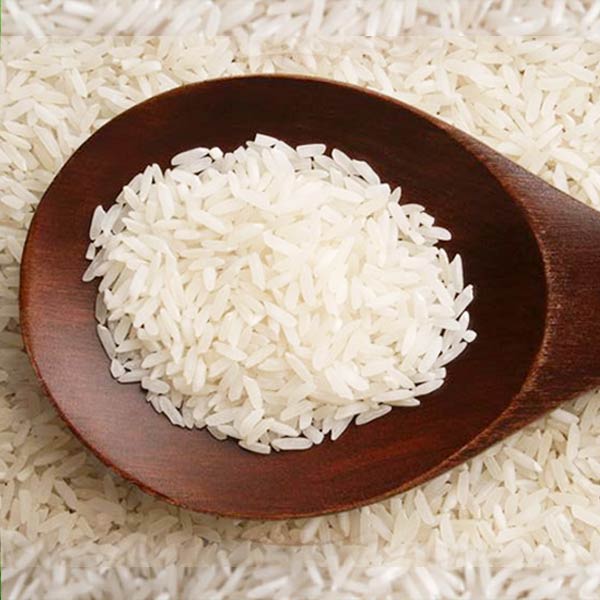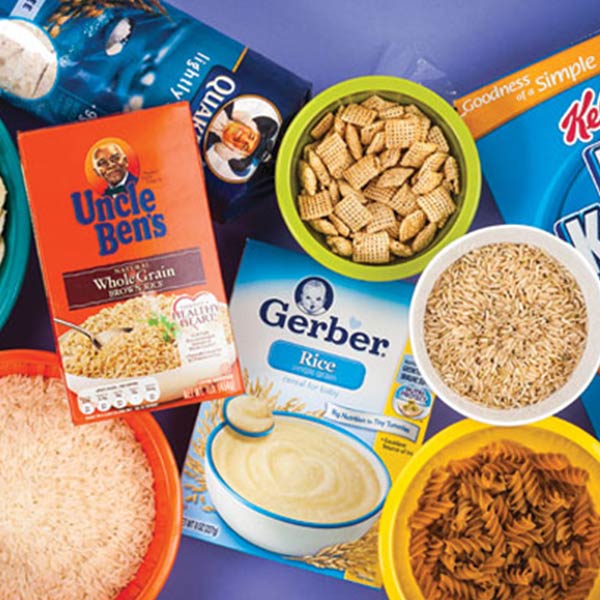Know About Rice
- Throughout history rice has been one of man’s most important foods. Today, this unique grain helps sustain two-thirds of the world’s population. It spells life for billions of people and is deeply embedded in the cultural heritage of their societies.
- About four-fifth of the world’s rice is produced by small-scale farmers and is consumed locally.
- Rice cultivation is the principal activity and source of income for about 100 million households in Asia and Africa.
History of Rice Cultivation
- Rice plants have been traced back to 5000 B.C, but the practice of rice growing is believed to have originated in areas of China, and southern and eastern Asia, in about 2000 B.C. Rice cultivation is considered to have begun in several countries over 6500 years ago. It has been cultivated in China since ancient times and Chinese records of rice cultivation go back 4000 years. Many believe the roots of rice come from 3000 B.C. India, where natives discovered the plant growing in the wild and began to experiment with it.
- Cultivation and cooking methods are thought to have spread to the west rapidly and by medieval times, southern Europe saw the introduction of rice as a hearty grain. In several Asian languages the words employed for “rice” and “food” is identical.
- African rice has been cultivated for 3500 years. In the Middle East and Mediterranean Europe, it started around 800 B.C. Cultivation of rice spread throughout Italy and then France, after the middle of the 15th century, later extending to all the continents during the great age of European exploration. In 1694, rice arrived in South Carolina, probably originating from Madagascar. The Spanish brought rice to South America at the beginning of the 18th century.
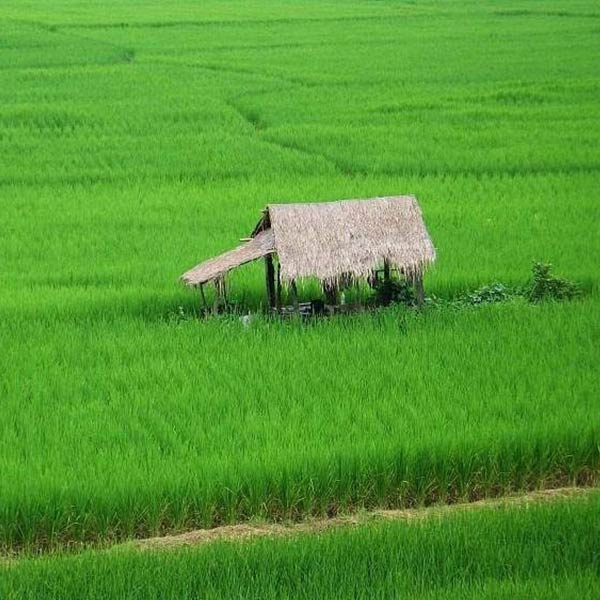
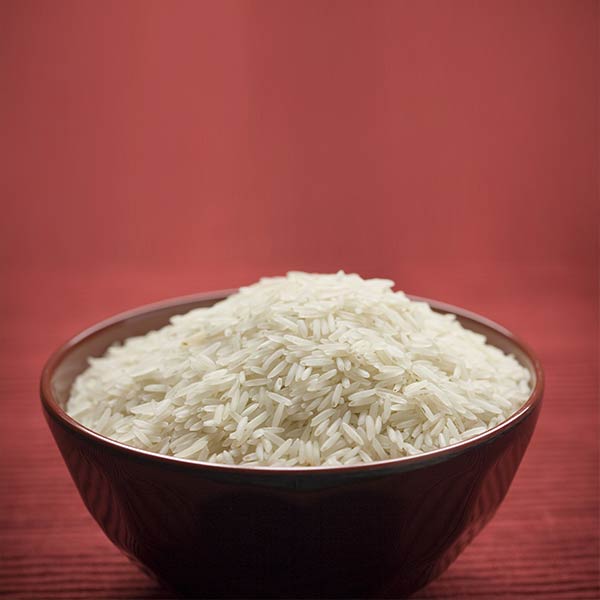
Some interesting facts about Rice
- More than 90 percent of the world’s rice is grown and consumed in Asia, where people typically eat rice two or three times daily. Rice is the staple diet of half the world’s populat
- Rice farming has been traced back to around 5,000 B.C.
- Hundreds of millions of the poor spend half to three fourth of their incomes on rice alone.
- To plow 1 hectare of land in the traditional way, a farmer and his water buffalo must walk 80 km.
- It takes 5,000 liters of water to produce 1 kg of irrigated rice.
- More than 140,000 varieties of cultivated rice (the grass family Oryza sativa) are thought to exist but the exact number remains a mystery.
- Three of the world’s four most populous nations are rice-based societies: People’s Republic of China, India, and Indonesia. Together, they account for nearly 2.5 billion people i.e., almost half of the world’s population.
- The average Asian consumer eats 150 kg of rice annually while the average European only eats 5 kg.
- Every year, 50 million people are added to Asia’s soaring population of 3.5 billion.
- Improved varieties are planted on three fourth of Asia’s rice lands and are responsible for producing most of the continent rice.
- Asia is home to 250 million rice farms. Most of these are less than 1 hectare.
- Rice is thrown on newly married couples as a symbol of fertility, luck and wealth.
- 65 kilos of rice are milled annually for every person on earth.
Nutritional Facts
- Rice is an excellent source of energy, especially energy-giving carbohydrates, which are used in the body for brain performance, physical activity, bodily functions and everyday growth and repair.
- After carbohydrate, protein is the second most abundant constituent of rice. When compared to that of other grains, rice protein is considered one of the highest quality proteins.
- Rice is low in fat and cholesterol free.
- Rice contains negligible amounts of sodium, with less than 5mg sodium per 100g serve. It is therefore a super food for those who need to watch their salt intake.
- Both white and brown varieties of rice contain essential vitamins and minerals, including B-group vitamins (e.g. thiamin, niacin) zinc and phosphorus. Brown rice contains more nutrients and fiber than white rice since it retains the bran and germ, where many of the vitamins and minerals are found.
- The bran layer of brown rice provides valuable dietary fibre. One cup (160g) of cooked brown rice contains around 2.4g of dietary fibre, which equates to 8% of an average man’s daily fibre needs and 9.6% of an average woman’s daily fibre needs.
- Rice is gluten free and the most non-allergenic of all grains.
- To retain nutrients, do not rinse rice under water before or after cooking.
- Brown rice contains natural oils in the bran, so it has a shorter shelf life than white rice. It’s best to refrigerate or freeze brown rice to extend its shelf .
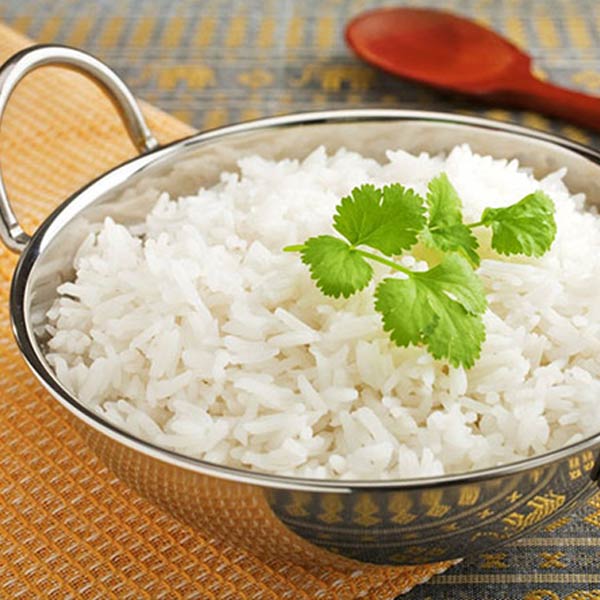

Rice in India
- Rice production in India is an important part of the national economy. India is one of the world’s largest producers of white rice, accounting for 20% of all world rice production. Rice is India’s preeminent crop, and is the staple food of the people of the eastern and southern parts of the country. Production of rice increased from 53.6 million tons in FY 1980 to 74.6 million tons in FY 1990, a 39 percent increase over a decade. By FY 1992, rice production had reached 111 million tons, second in the world only to China with its 182 million tons.
- Since 1950 the increase has been more than 350%. Most of this increase was the result of an increase in yields; the number of hectares increased only 40 percent during this period. Yields increased from 1,336 kilograms per hectare in FY 1980 to 1,751 kilograms per hectare in FY 1990. The per-hectare yield increased more than 262 percent between 1950 and 1992.
- The country’s rice production declined to 89.13 million tons in 2009-10 crop year (July-June) from record 99.18 million tons in the previous year due to severe drought that affected almost half of the country.
- Rice is one of the chief grains of India. Moreover, this country has the biggest area under rice cultivation, as it is one of the principal food crops. Rice is the basic food crop and being a tropical plant, it flourishes comfortably in hot and humid climate. Rice is mainly grown in rain fed areas that receive heavy annual rainfall. That is why it is fundamentally a kharif crop in India. It demands temperature of around 25 degree Celsius and above and rainfall of more than 100 cm. Rice is also grown through irrigation in those areas that receives comparatively less rainfall. Rice is the staple food of eastern and southern parts of India.
Rice by Products
- Rice finds use in a wide range of food categories. Besides having nutritional and medicinal benefits, rice has many important and beneficial by-products.
- The inedible parts that are discarded through the milling process and the edible part can be transformed into the following by-products.


